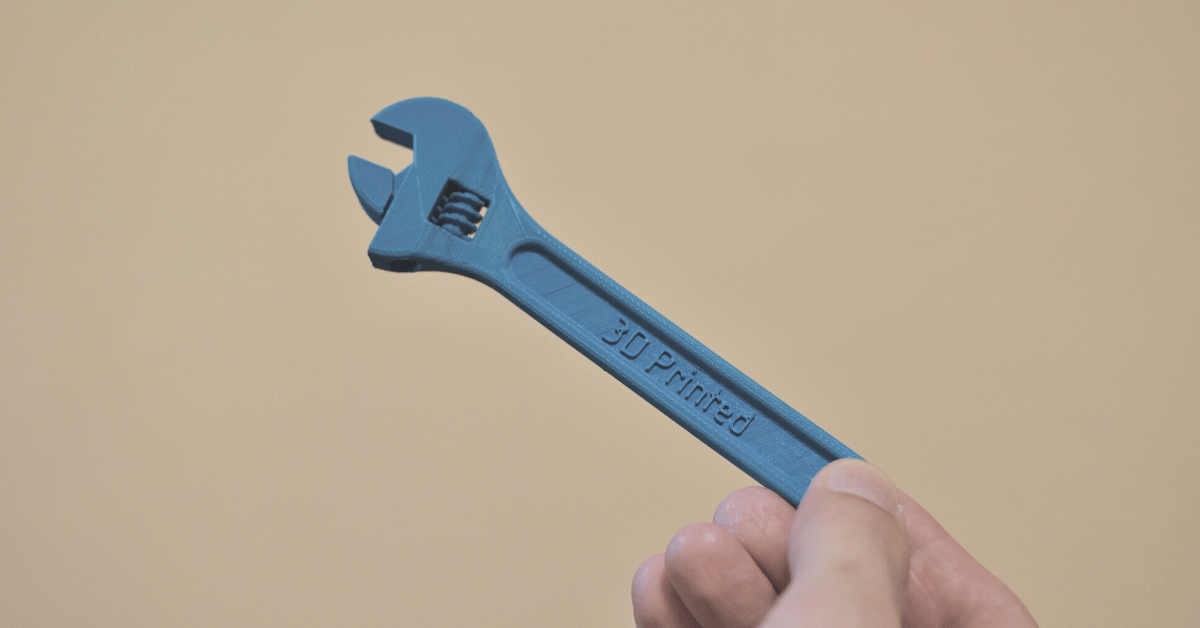In today’s fast-paced, technologically-advanced world, manufacturers are facing rising demands for quicker product delivery. To add to the pressure, they’re also expected to identify cost-reduction strategies in an effort to increase profit margins. A vital facet of the manufacturing process is the use of durable tooling, which also carries significant overhead costs. However, advances in 3D printed tooling have shown both cost-effective and timely advantages, making it much more suitable for the production environment.
Successful and efficient assembly operations rely on well-built jigs, fixtures, and other tools. Put simply, they’re essentially the backbone of the production floor. These items can optimize reliability, enhance quality, and ensure the process can be repeated in a seamless manner. While manufacturers can directly purchase jigs and fixtures, it’s a much more common practice to have these items customized to fit their needs and specifications.
This use of Additive Manufacturing (AM) not only reduces the cost and lead time to adopt new fixtures on the floor, but it also eliminates design barriers. Manufacturers now have the capability to deploy fixtures and jigs in regions of the floor that were previously unusable. Here’s a look at the key advantages to 3D printed tooling:
Quick Turnaround Time
One of the largest complaints about tooling manufacturing is lead and turnaround time. Tooling can take an average of 8 and even up to 12 weeks from many vendors. At RapidMade, we can turnaround tooling samples overnight if needed. Thousands of tooling components can be designed, printed, and delivered quickly and efficiently.
Minimize Costs
Conserving dollars and allocating them towards other profitable areas of the manufacturing process is where 3D printed tooling delivers the most value. In order to remain competitive in today’s economic climate, you need to adopt the tools that’ll lead to improved accuracy and productivity - which ultimately has a positive impact on lead time.
It’s also important to note that complexity does not increase the cost of the product. Where machined tools require a direct line of sight and overhead costs are significant, 3D printing allows for complex undercuts with no additional human interaction. Unlike machining, 3D printing also does not need to account for radius requirements, parting lines, and draft requirements. The more complex the project, the more the value proposition of 3D printing increases!
Improve Digital Inventory
For lower quantity runs, 3D printed fixtures and jigs are highly suitable. Imagine being able to have that kind of accessibility at your fingertips. With a digital file at your disposal, you can produce aids whenever a need arises. Think of it as a digital inventory; it’s available whenever you need to perform a quick and effortless redesign.
Consolidation on Key Components
Today’s ‘on-demand’ culture expects short lead times. At a lower cost. Additive manufacturing maximizes the capabilities and efficiency of assembly line operations. In lieu of needing tools that are engineered with multiple components - leading to time-consuming fits and assembly - manufacturers can save on post-build labor by using the redesign process as one contiguous component.
A Vast Improvement In Ergonomics
With 3D printed tooling, manufacturing aids exhibit improved handling, with the freedom and consolidation of design lending to higher ease of use. Previously, clunky and heavy design restraints due to conventionally manufactured tools caused increase strain on workers and more time on the line. And let’s face it: without basic ergonomic functionality in jigs and fixtures, it’ll negatively impact your bottom line. You’ll face unwanted downtime on the floor, flawed units, and worker discomfort.
Ideal Weight Reduction
Safety and comfort due to weight reduction is another huge benefit derived from using 3D printed jigs and fixtures. With lighter tools, you’ll see an immediate uptick and productivity levels. The best part? It delivers the same functionality, provides higher ease of use, and increases safety conditions along the assembly line.
Machining? Farewell, My Friend
If particular parts are designed to accommodate tolerance levels of +/- 0.010” or +/-0.0015 inch over inch, then AM has the capacity to deliver it directly off the machine. Conventional and additive manufacturing are complementary to one another, forming a partnership that can achieve benefits that neither is capable of on its own. There are many occasions, however, in which no machining is required at all - allowing you to conserve precious time and money.
Is 3D Printed Tooling Worth The Investment?
A few years ago, 3D printed tooling sounded as futuristic as flying cars. Yet, thanks to the progression of technology, it’s now a reality and can be implemented quite easily. Sounds like a no-brainer to us!




